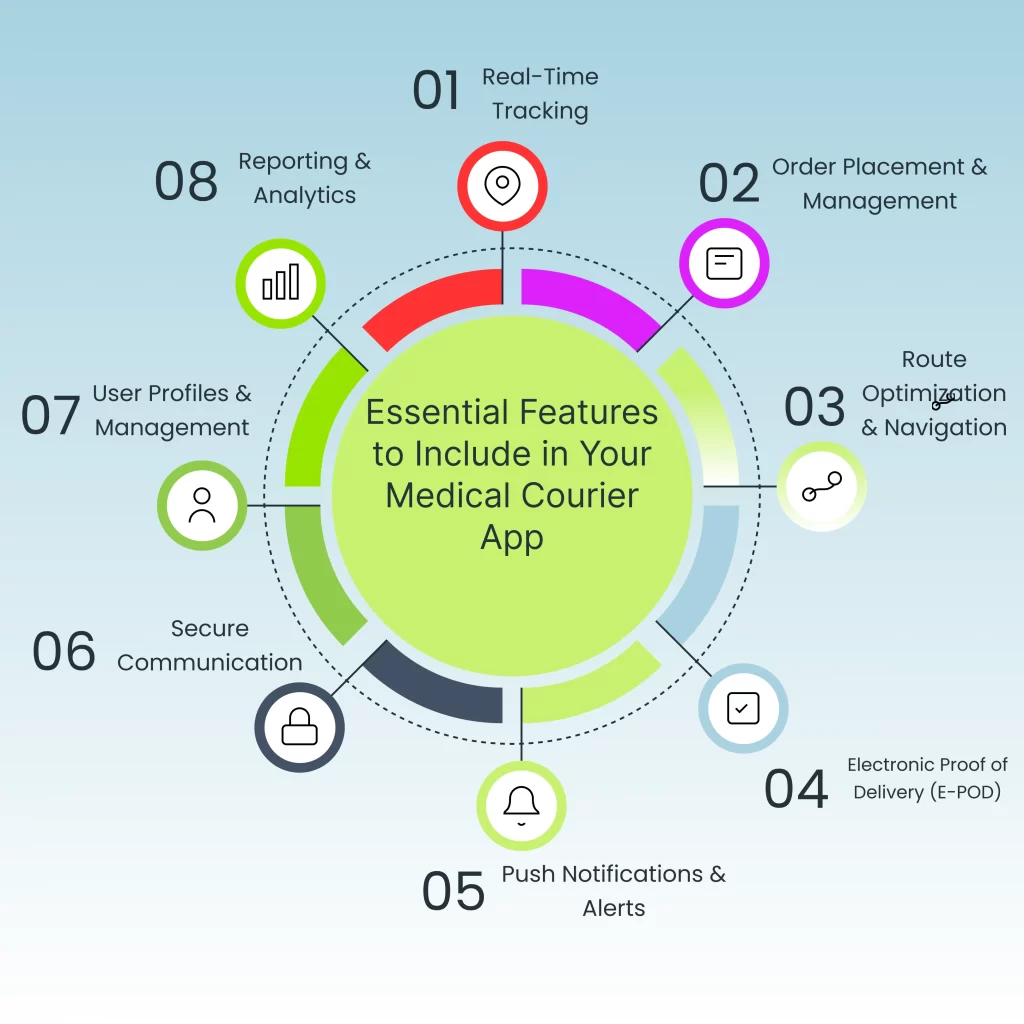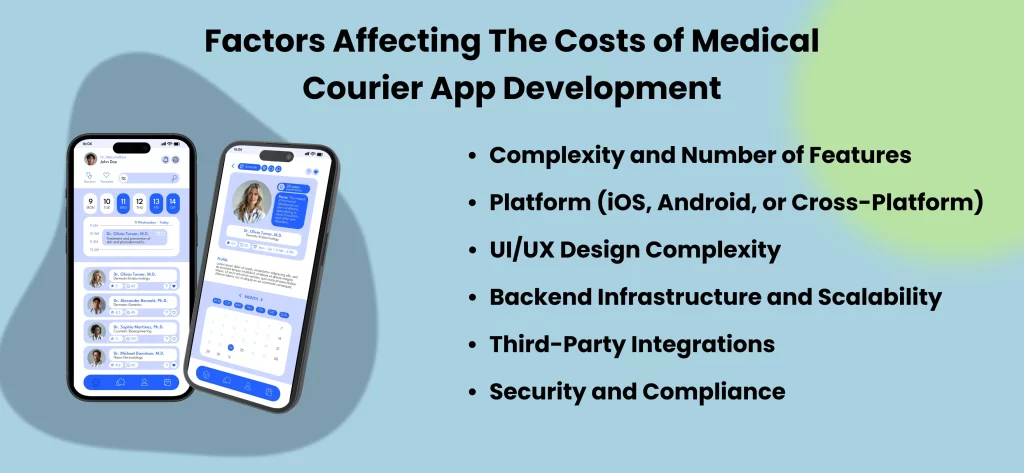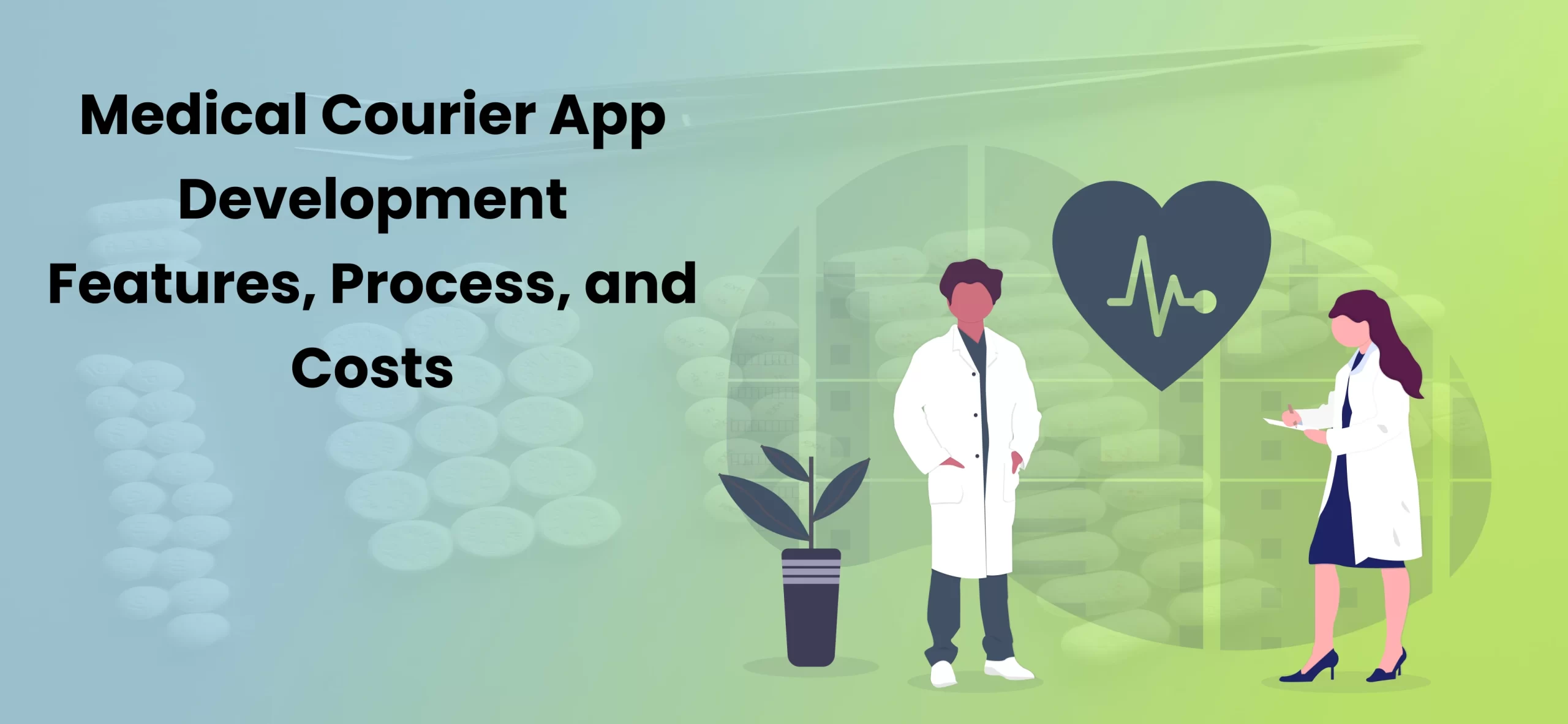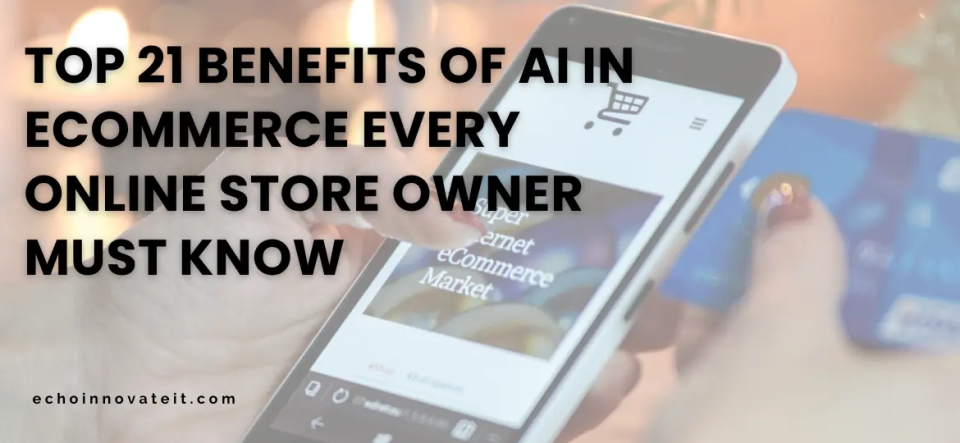Here’s the reality: a 1-hour delay in delivering a transplanted organ can reduce its viability by 20%. In the high-risk world of healthcare, timely and secure transportation of medical supplies, from life-saving medicines to sensitive lab samples and essential equipment, is of utmost importance. This is where medical courier app development comes in.
These mobile solutions are becoming indispensable, streamlining healthcare delivery app processes and ensuring medical resources reach their destination fast and securely. This blog post is your ultimate guide; we will dive deep into the features that make a medical courier app robust, demystify how to build a medical courier app, and give you the costs of bringing such a critical tool to the healthcare industry.
The shift towards on-demand services has further amplified the need for specialized solutions like medical supply delivery app development. Traditional logistics often lack the speed, transparency, and security required for handling sensitive medical cargo. Courier software for medical services offers a tailored approach, addressing the unique challenges of healthcare logistics. To truly understand the potential of these applications, we will delve into the crucial features of a medical courier app, examining how each element contributes to efficiency, compliance, and, ultimately, better patient care.
Essential Features to Include in Your Medical Courier App

When creating a logistics app for healthcare delivery, certain features can’t be overlooked to ensure efficiency, security, and user satisfaction. These essential functionalities are the foundation of a successful medical courier app tailored to the unique challenges of transporting sensitive medical materials.
Real-Time Tracking
In the high-stakes world of medical deliveries, having up-to-the-minute information on the location and status of a shipment is crucial. By incorporating real-time tracking capabilities into the medical delivery app, everyone involved—senders, couriers, and administrators—can enjoy complete visibility. This feature leverages GPS technology to show the courier’s location on a map and estimated arrival times. This level of transparency builds trust and enables proactive management of potential delays, which is especially important when dealing with time-sensitive medical items.
Order Placement & Management
A smooth order placement and management system is key to maintaining efficiency. Senders, such as hospitals, labs, and pharmacies, should be able to easily enter delivery details, including recipient information, delivery instructions, and timelines. The app should streamline dispatching orders to available couriers, allowing administrators to oversee and track the entire order lifecycle from start to finish.
Route Optimization & Navigation
Intelligent route optimization and navigation are essential features of a medical courier app to guarantee timely deliveries while decreasing travel time and costs. The app should automatically determine the most efficient courier route, factoring in real-time traffic conditions and delivery schedules. By integrating reliable navigation tools, couriers can be guided smoothly to their destinations, minimizing errors and enhancing overall delivery speed.
Electronic Proof of Delivery (E-POD)
The days of relying on paper-based delivery confirmations are behind us. Electronic Proof of Delivery (E-POD) provides a secure and efficient way to confirm deliveries, ensuring that all parties can access accurate records without the hassle of paperwork.
Push Notifications & Alerts
In the world of medical logistics, timely communication is essential. Push notifications and alerts are vital in keeping everyone in the loop during delivery. Senders get updates on when their package is dispatched, its status while en route, and when it’s finally delivered. Couriers are notified about new delivery requests and any critical updates they need to know. Administrators also receive alerts about exceptions or delays, allowing them to step in proactively and ensure everything runs smoothly.
Secure Communication
Because medical deliveries involve sensitive information, having secure communication channels within the app is necessary. This feature enables senders and couriers to chat directly about specific delivery details or instructions, without relying on external methods that might not be as secure. It’s essential that all communication is logged and can be audited, creating a clear record of interactions. Consider how integrating telemedicine delivery could utilize these secure communication features to coordinate remote patient care better.
User Profiles & Management
A solid user profile and management system is crucial for organizing and controlling access within the app. By having separate profiles for senders, couriers, and administrators, each group can have role-based permissions that ensure they only access the features and information relevant to their tasks. This not only boosts security but also makes the user experience much simpler.
Reporting & Analytics
Comprehensive reporting and analytics are key features for any medical courier app to understand how well operations are running and pinpoint areas that need improvement. The app should keep track of important metrics like delivery times, on-time delivery rates, courier performance, and popular delivery routes. This data gives administrators the insights they need to make wise decisions, streamline processes, and ultimately improve the quality of service for users of the secure medical parcel delivery app.
The Medical Courier App Development Process
Creating a successful medical courier app is all about having a solid plan and a step-by-step approach. Each stage of the development process plays a vital role in building an app that’s reliable, user-friendly, and tailored to the healthcare sector’s unique needs.
Discovery and Planning
This first step sets the stage for everything that follows. It starts with in-depth market research and competitive analysis to grasp what’s already out there, spot opportunities, and identify any hurdles. It’s crucial to outline the project’s scope and goals clearly so everyone knows what the app aims to achieve and what features it will offer. Understanding who will use the app—hospital staff, lab technicians, or dispatchers—is key to ensuring it meets their needs. This insight is then transformed into detailed user stories and use cases, illustrating how users will engage with the app and what tasks they’ll complete.
Design
During the design phase, the focus shifts to crafting an intuitive and visually appealing user experience. User Interface (UI) design is all about creating the visual aspects of the app, ensuring it’s clean, organized, and easy to navigate. Alongside this, User Experience (UX) design looks at the overall flow and usability, ensuring every user has a smooth and efficient experience. This stage often includes wire framing, which outlines the basic structure of the app screens, and prototyping, where interactive mock-ups are developed to test and refine the user journey while gathering early feedback.
Development
This is where the design blueprint comes to life. Frontend development is all about building the parts of the app that users will see and interact with on their mobile devices or web browsers. On the flip side, backend development focuses on the server-side logic, databases, and APIs that drive the app’s functionality and handle data management. API integration is crucial here, ensuring that all components work seamlessly together.
Testing and Quality Assurance
Before we roll out the app, we must put it through some serious testing to ensure everything runs smoothly and securely. Functional testing checks that all the features are working just as they should. Usability testing brings in real users to interact with the app, helping us spot any usability hiccups. Performance testing looks at how the app holds up under different loads, checking its responsiveness and stability. In healthcare, security testing is essential to protect sensitive data and maintain confidentiality. This involves finding and fixing bugs to ensure we deliver a top-notch, reliable application.
Deployment
After the app has passed all the tests with flying colors, it’s time to launch! Submitting to the app stores means we need to prepare everything according to the guidelines set by the Apple App Store and Google Play Store, then send it off for review and publication. At the same time, we need to set up and configure the server to ensure the backend can handle user traffic and data seamlessly.
Maintenance and Support
But the work doesn’t stop once the app is live. We must monitor and fix bugs after launch to ensure the app runs smoothly. Regular software updates and feature enhancements are key to keeping the app relevant, secure, and in tune with changing user needs and tech advancements. Plus, providing solid technical support for users is essential to help them with any questions or issues they might face.
Factors Affecting The Costs of Medical Courier App Development

Creating a top-notch medical courier app is no small feat; it involves many moving parts, and grasping the factors that affect the overall cost is essential for smart budgeting and planning. Several key aspects play a role in determining the final investment needed for such a project.
Complexity and Number of Features:
The most significant factor driving development costs is the complexity and the number of features packed into the app. A straightforward app with basic functions like order placement and real-time tracking will naturally be less expensive than a more sophisticated application with features like in-app messaging, advanced analytics, support for multiple languages, or specialized delivery options for temperature-sensitive items. Each extra feature demands its design, development, and testing efforts, directly influencing the total cost.
- Platform (iOS, Android, or Cross-Platform):
The platform you choose has a significant impact on your development budget. Creating native apps for both iOS and Android usually means doubling the development work and costs compared to focusing on just one platform. While cross-platform development frameworks aim to save money by allowing developers to write code once for both platforms, they can introduce their challenges and potential limitations regarding performance or access to native device features, indirectly affecting the overall timeline and expenses.
UI/UX Design Complexity:
A well-crafted and user-friendly UI/UX is crucial for attracting and keeping users, especially in vital services like medical delivery. The complexity of the UI/UX design has a direct effect on costs. Basic, standard interfaces require less design work than highly customized and visually rich designs with intricate animations and interactions. Investing in a user-centred design approach, which includes user research and usability testing, is key to the app’s success, but it will add to the initial development costs.
Backend Infrastructure and Scalability
Regarding the backend infrastructure and scalability of a medical courier app, ensuring everything runs smoothly, securely, and reliably is vital. Our choices—like which database to use, the server setup, and the cloud hosting services—can impact costs. Creating a backend that can grow alongside an increasing number of users, deliveries, and data means we need a more advanced architecture and development approach. While this might raise initial costs, it’s smart for the app’s long-term success and performance.
Third-Party Integrations
Many medical courier apps must connect with external services to boost their functionality. This could mean adding payment gateways for safe transactions, mapping, and navigation tools for real-time tracking and route optimization, or SMS and push notifications for alerts. There’s even the possibility of linking up with Electronic Health Record (EHR) systems. Each of these integrations can complicate development and add to the costs since they require a solid understanding of how to work with the APIs of these services.
Security and Compliance
With the sensitive nature of medical data and the strict regulations in the healthcare sector—like HIPAA in the US—keeping everything secure and compliant is crucial. We must implement strong security measures, such as data encryption and secure authentication while following all the necessary regulations. Although this focus on security and compliance can be a significant investment, it’s essential for the overall development costs and the app’s integrity.
Conclusion
Medical courier apps are set to change the game in healthcare logistics, bringing in levels of efficiency, security, and transparency that we’ve never seen before. By making delivering essential medical supplies smoother, these apps enable healthcare providers to enhance patient care, cut costs, and fine-tune their operations. We’ve looked closely at the key features that make a medical courier app successful, including real-time tracking, secure communication, and comprehensive reporting and analytics.
We’ve also outlined the crucial steps in the development process, stressing the need for thoughtful planning, user-focused design, and thorough testing. Lastly, we’ve examined the various elements affecting development costs, highlighting the need to balance functionality, scalability, and budget.
At Echoinnovate IT, we get the unique challenges and opportunities of healthcare logistics. With our know-how in mobile app development and a solid grasp of the healthcare sector, we’re here to help you create a custom medical courier app tailored to your specific needs and designed to exceed your expectations. We offer comprehensive solutions that deliver real results from the initial consultation and planning stages to development, testing, and ongoing support. Contact us today for a consultation and see how we can help you revolutionize your medical delivery processes and enhance patient outcomes.
Medical Courier App Development: Features, Process, and Costs
What essential features should a medical courier app include?
A medical courier app should include core features like real-time GPS tracking, secure login/authentication, digital signatures, barcode scanning, proof of delivery, HIPAA-compliant data handling, in-app messaging, route optimization, and admin dashboards for logistics oversight. Integration with EMR/EHR systems is also beneficial.
What is the typical process for developing a medical courier app?
The development process usually includes requirements gathering, wireframing, UI/UX design, backend and frontend development, API integrations, testing (including security and compliance testing), and deployment. Post-launch support and updates are also part of the full development lifecycle.
How much does it cost to develop a medical courier app?
The cost can range from $30,000 to $150,000+, depending on the app’s complexity, features, platforms (iOS/Android/Web), and region of the development team. HIPAA compliance, real-time tracking, and integration with medical systems can increase development costs.



